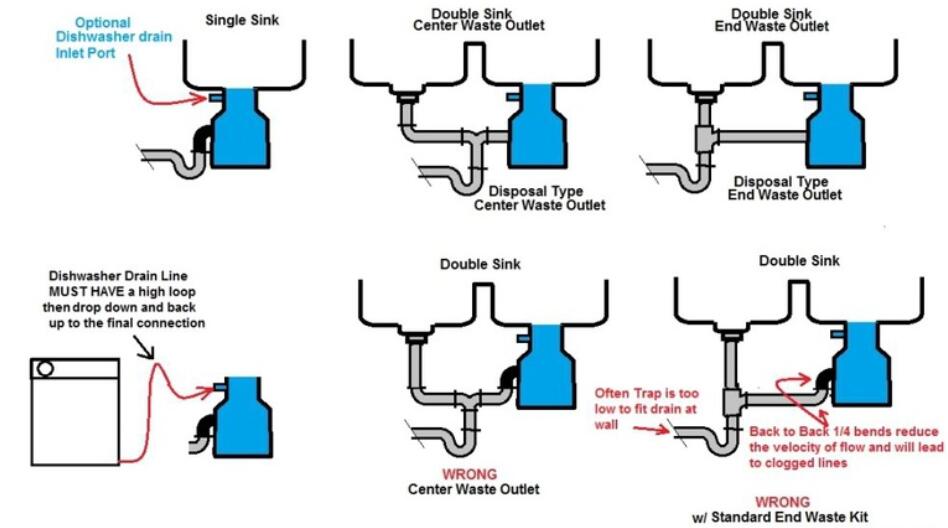When it comes to kitchen sinks, size and depth are important factors to consider. A sink that is too shallow can cause splashing and overflow, while a sink that is too deep can be uncomfortable to use. That's why it's crucial to know the standard kitchen sink depth before making a purchase. In this article, we'll discuss everything you need to know about standard kitchen sink depth and how to choose the right size for your kitchen.Standard Kitchen Sink Depth: What You Need to Know
The standard size of a kitchen sink can vary depending on the manufacturer and the type of sink. However, in general, the standard size for a kitchen sink ranges from 22 inches to 30 inches in length and 14 inches to 18 inches in width. These measurements refer to the exterior dimensions of the sink, not the bowl size.What is the Standard Size of a Kitchen Sink?
To determine the standard size of a kitchen sink, you need to consider the dimensions of the bowl, as well as the overall size of the sink. The typical bowl size for a kitchen sink is 22 inches to 24 inches in length and 14 inches to 18 inches in width. This is the space you have to work with when washing dishes or preparing food. When it comes to the overall size of the sink, you also need to take into account the depth. The standard depth for a kitchen sink is 8 inches, but some sinks can go up to 10 inches. The depth of the sink will affect how much water it can hold and how easy it is to reach the bottom of the bowl.Standard Kitchen Sink Dimensions
The depth of a kitchen sink is a personal preference, but there are some practical considerations to keep in mind. If you have a garbage disposal, you may want to opt for a deeper sink to accommodate it. If you have a small kitchen or limited counter space, a shallower sink may be more suitable. Another factor to consider is the size of your dishes and pots. If you frequently use large pots or baking sheets, a deeper sink may be more convenient. On the other hand, if you mostly use small plates and cups, a shallower sink may suffice.How Deep Should a Kitchen Sink Be?
Aside from the dimensions of the sink itself, there are also other measurements to consider when buying a kitchen sink. These include the distance between the sink and the edge of the counter, the distance between the sink and the backsplash, and the placement of the faucet and other accessories. The standard distance between the sink and the counter edge is 2 inches to 4 inches. This allows enough space for the sink to be mounted securely on the counter. The distance between the sink and backsplash is typically 2 inches to 4 inches as well, to prevent water from splashing onto the wall.Standard Kitchen Sink Measurements
As mentioned earlier, the depth of your kitchen sink will depend on your personal preferences and the practical considerations mentioned above. However, a good rule of thumb is to opt for a sink that is at least 8 inches deep to accommodate most dishes and pots. If you have a garbage disposal, make sure to check the depth requirements before purchasing a sink. Some disposals may require a minimum depth of 9 inches or 10 inches.Choosing the Right Depth for Your Kitchen Sink
The standard kitchen sink depth may vary for different types of sinks. For example, a farmhouse sink typically has a deeper bowl, ranging from 9 inches to 10 inches deep, to accommodate large pots and dishes. A bar or prep sink, on the other hand, can have a shallower bowl of 6 inches to 8 inches. It's important to consider the type of sink you need and the tasks you'll be using it for when determining the standard depth for your kitchen sink.Standard Kitchen Sink Depth for Different Types of Sinks
Aside from the practical considerations mentioned earlier, there are other factors to keep in mind when determining the standard depth for your kitchen sink. These include your height, the size of your kitchen, and the type of material used for the sink. If you're taller, you may prefer a deeper sink to avoid straining your back while doing dishes. If you have a small kitchen with limited counter space, a shallower sink may be more practical. The material of the sink can also affect the depth, as some materials may be thicker and take up more space.Factors to Consider When Determining Standard Kitchen Sink Depth
The Americans with Disabilities Act (ADA) has specific guidelines for kitchen sinks to ensure accessibility for people with disabilities. According to these guidelines, the standard depth for a kitchen sink should be 5 inches at the front and 6.5 inches at the back, with a maximum depth of 6.5 inches at the center. If you or someone in your household has a disability, it's important to consider these guidelines when choosing the standard depth for your kitchen sink.Standard Kitchen Sink Depth for ADA Compliance
If you plan on installing a garbage disposal, it's crucial to consider the standard depth of the sink. As mentioned earlier, some disposals may have specific depth requirements. Additionally, the disposal also needs enough space under the sink for installation. The standard depth of 8 inches to 10 inches is usually sufficient for most garbage disposals. However, it's important to check the specifications of the disposal you plan on installing to ensure it will fit properly under your chosen sink.Standard Kitchen Sink Depth for Garbage Disposal Installation
The Importance of Standard Kitchen Sink Depth in House Design

Why is Standard Kitchen Sink Depth Important?
 When it comes to designing a house, every detail matters. From the color of the walls to the placement of furniture, every decision plays a role in creating a functional and aesthetically pleasing space. One often overlooked aspect of house design is the standard kitchen sink depth. This seemingly small detail can actually have a big impact on the overall design and functionality of a kitchen.
Standard kitchen sink depth
refers to the measurement from the top of the sink to the bottom of the basin. While it may seem like a minor detail, having the right depth can make a big difference in how you use your kitchen sink. A
shallow sink
can make it difficult to wash and rinse larger pots and pans, while a
deep sink
can cause strain on your back and arms.
When it comes to designing a house, every detail matters. From the color of the walls to the placement of furniture, every decision plays a role in creating a functional and aesthetically pleasing space. One often overlooked aspect of house design is the standard kitchen sink depth. This seemingly small detail can actually have a big impact on the overall design and functionality of a kitchen.
Standard kitchen sink depth
refers to the measurement from the top of the sink to the bottom of the basin. While it may seem like a minor detail, having the right depth can make a big difference in how you use your kitchen sink. A
shallow sink
can make it difficult to wash and rinse larger pots and pans, while a
deep sink
can cause strain on your back and arms.
The Importance of Choosing the Right Kitchen Sink Depth
 The kitchen sink is one of the most frequently used areas in a house, making it a crucial part of the design process. Not only does it need to be functional, but it also needs to complement the overall design of the kitchen. This is where choosing the right
kitchen sink depth
comes into play.
A
standard kitchen sink depth
of around 8-10 inches is typically recommended for most households. This depth allows for easy washing and rinsing of dishes while also providing enough space for larger items. However, if you have a specific cooking or cleaning routine that requires a deeper or shallower sink, it is important to consider your individual needs when choosing the depth.
The kitchen sink is one of the most frequently used areas in a house, making it a crucial part of the design process. Not only does it need to be functional, but it also needs to complement the overall design of the kitchen. This is where choosing the right
kitchen sink depth
comes into play.
A
standard kitchen sink depth
of around 8-10 inches is typically recommended for most households. This depth allows for easy washing and rinsing of dishes while also providing enough space for larger items. However, if you have a specific cooking or cleaning routine that requires a deeper or shallower sink, it is important to consider your individual needs when choosing the depth.
Implications of Improper Kitchen Sink Depth
 Choosing the wrong
kitchen sink depth
can have negative implications on both functionality and design. A sink that is too shallow can lead to splashing and water spillage, making a mess in the kitchen. On the other hand, a sink that is too deep can cause strain on the back and arms, leading to discomfort and potential injuries.
In terms of design, an improper sink depth can throw off the overall aesthetic of the kitchen. A sink that is too shallow can look out of place in a larger, more spacious kitchen, while a sink that is too deep can make a smaller kitchen feel cramped and cluttered.
In conclusion, when it comes to house design, every detail matters, including the
standard kitchen sink depth
. It is important to consider both functionality and design when choosing the right sink depth for your kitchen. With the proper depth, you can enjoy a functional and visually appealing kitchen for years to come.
Choosing the wrong
kitchen sink depth
can have negative implications on both functionality and design. A sink that is too shallow can lead to splashing and water spillage, making a mess in the kitchen. On the other hand, a sink that is too deep can cause strain on the back and arms, leading to discomfort and potential injuries.
In terms of design, an improper sink depth can throw off the overall aesthetic of the kitchen. A sink that is too shallow can look out of place in a larger, more spacious kitchen, while a sink that is too deep can make a smaller kitchen feel cramped and cluttered.
In conclusion, when it comes to house design, every detail matters, including the
standard kitchen sink depth
. It is important to consider both functionality and design when choosing the right sink depth for your kitchen. With the proper depth, you can enjoy a functional and visually appealing kitchen for years to come.
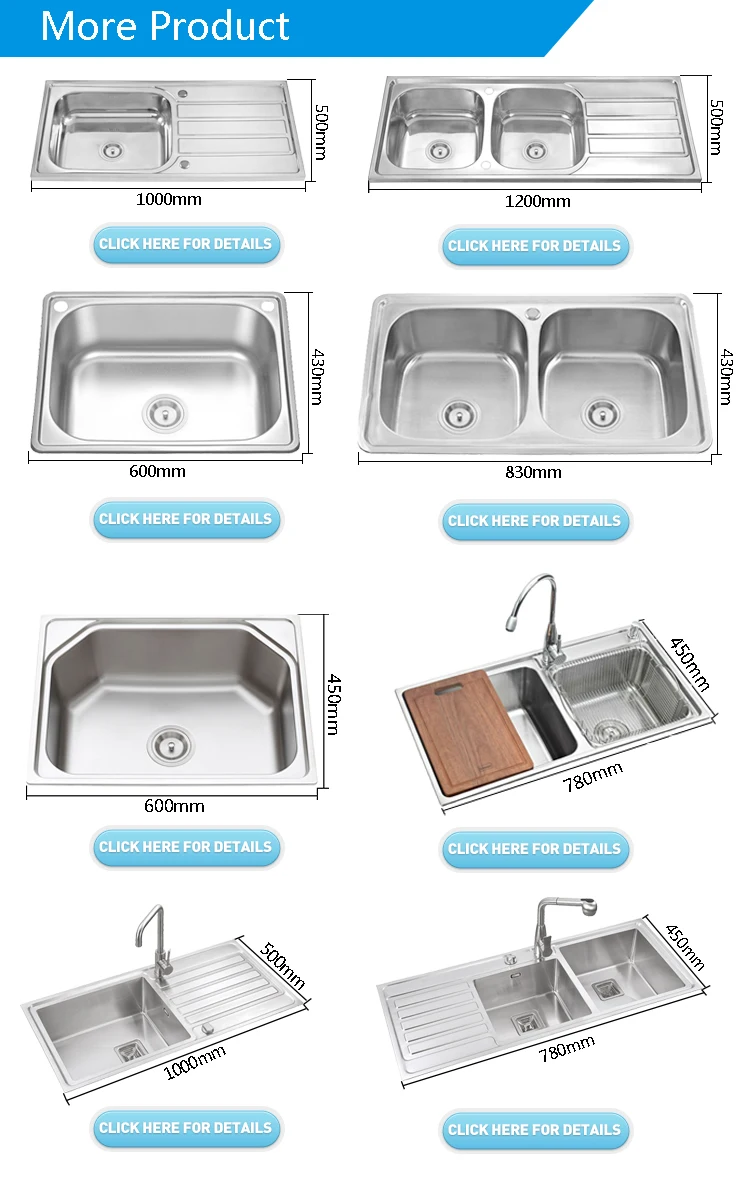






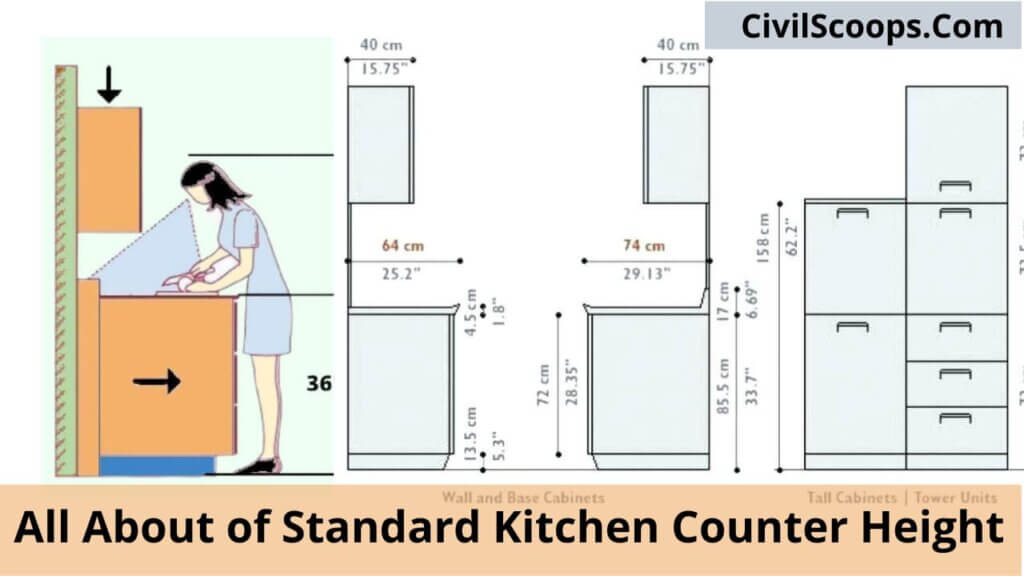
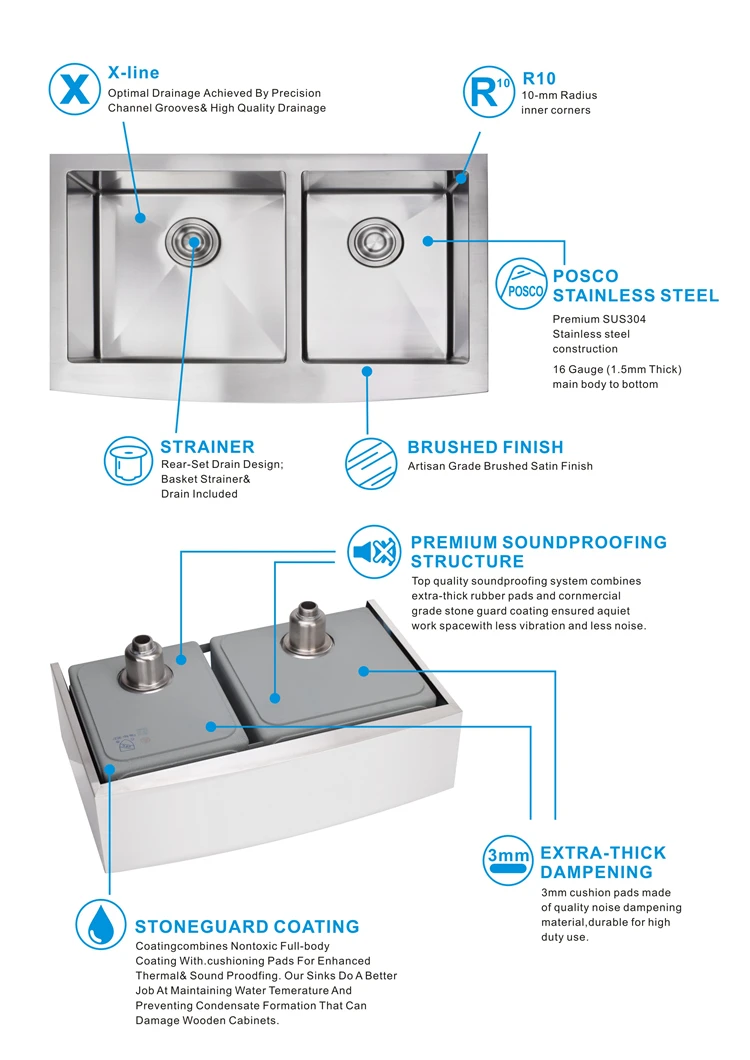





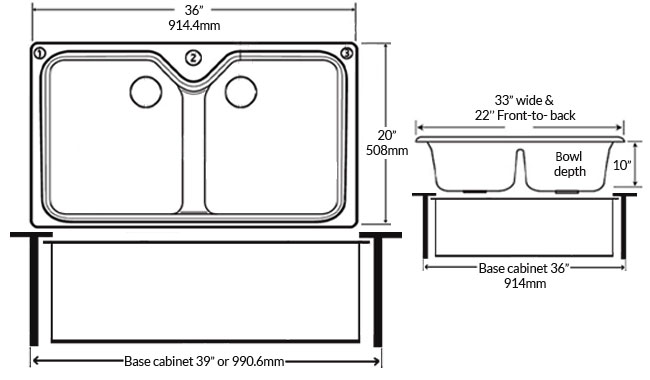
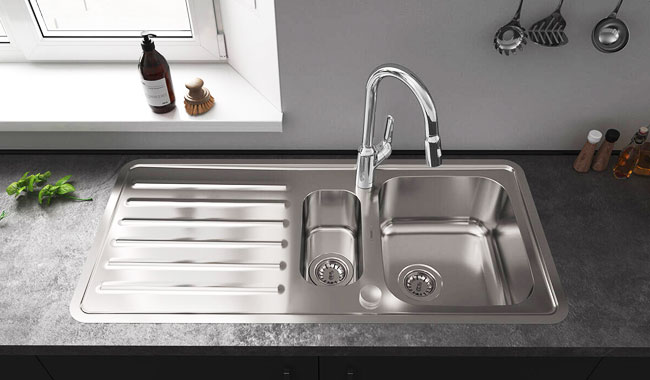

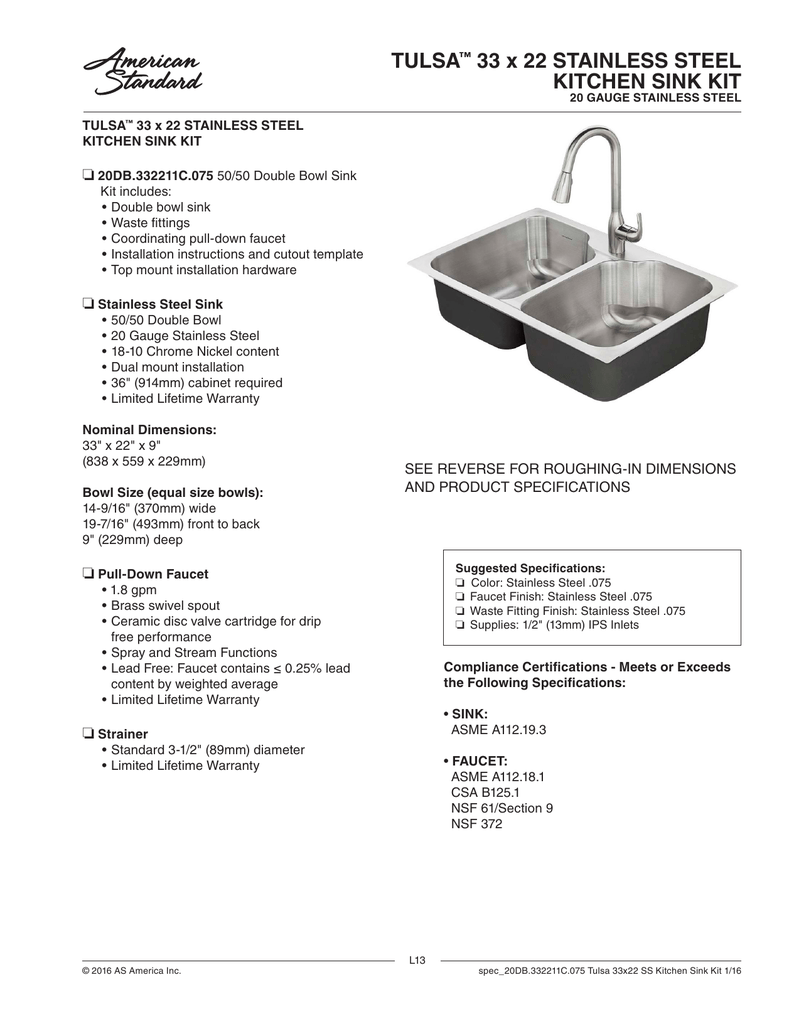









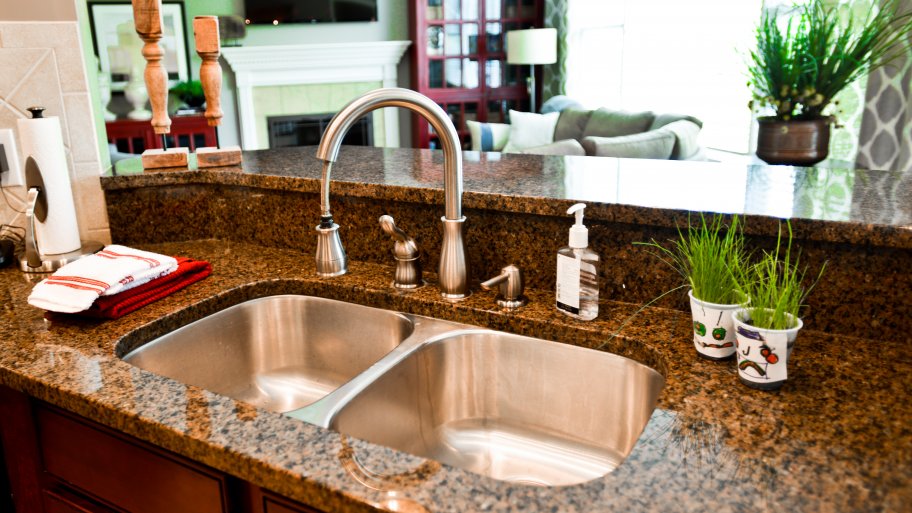





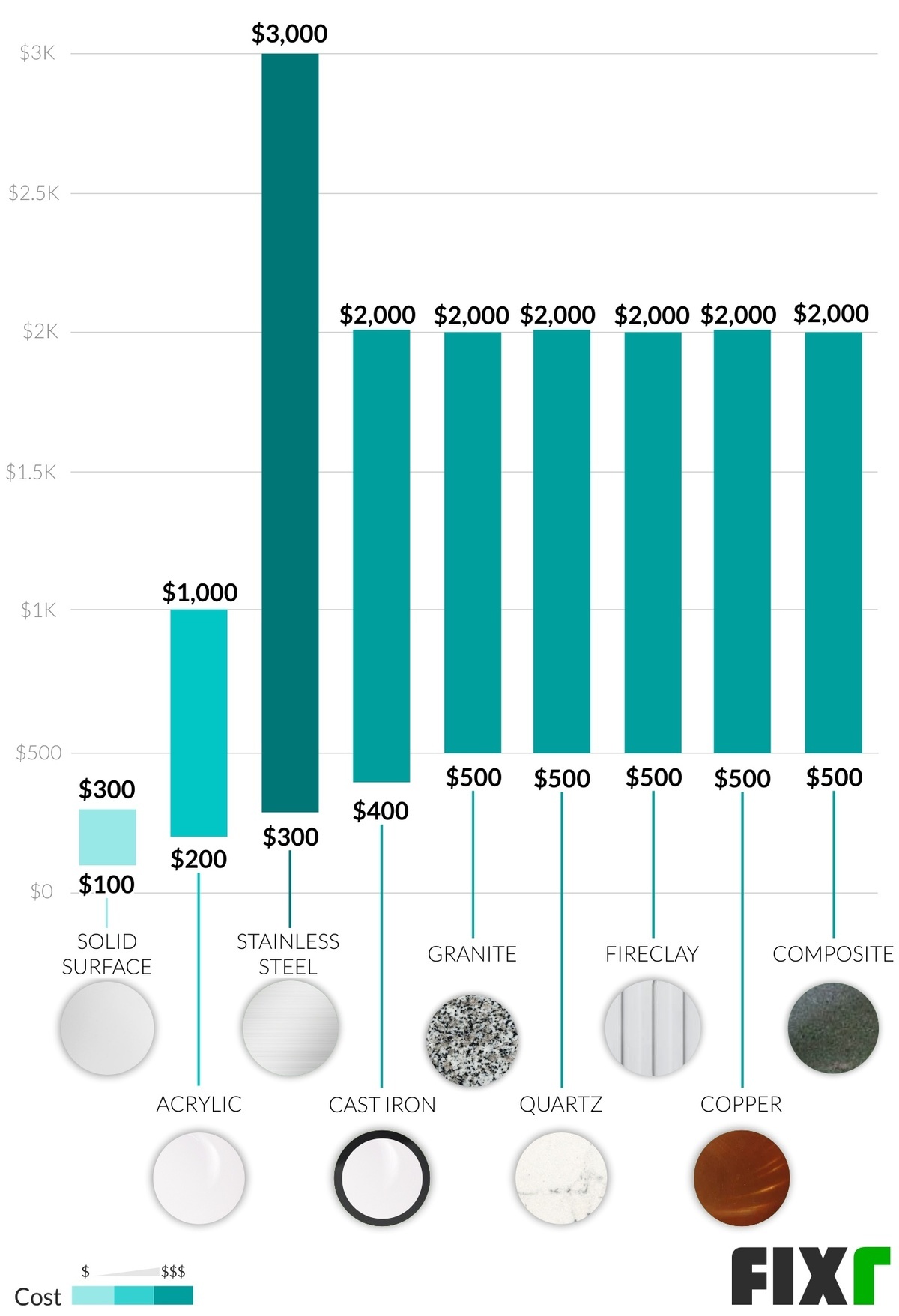

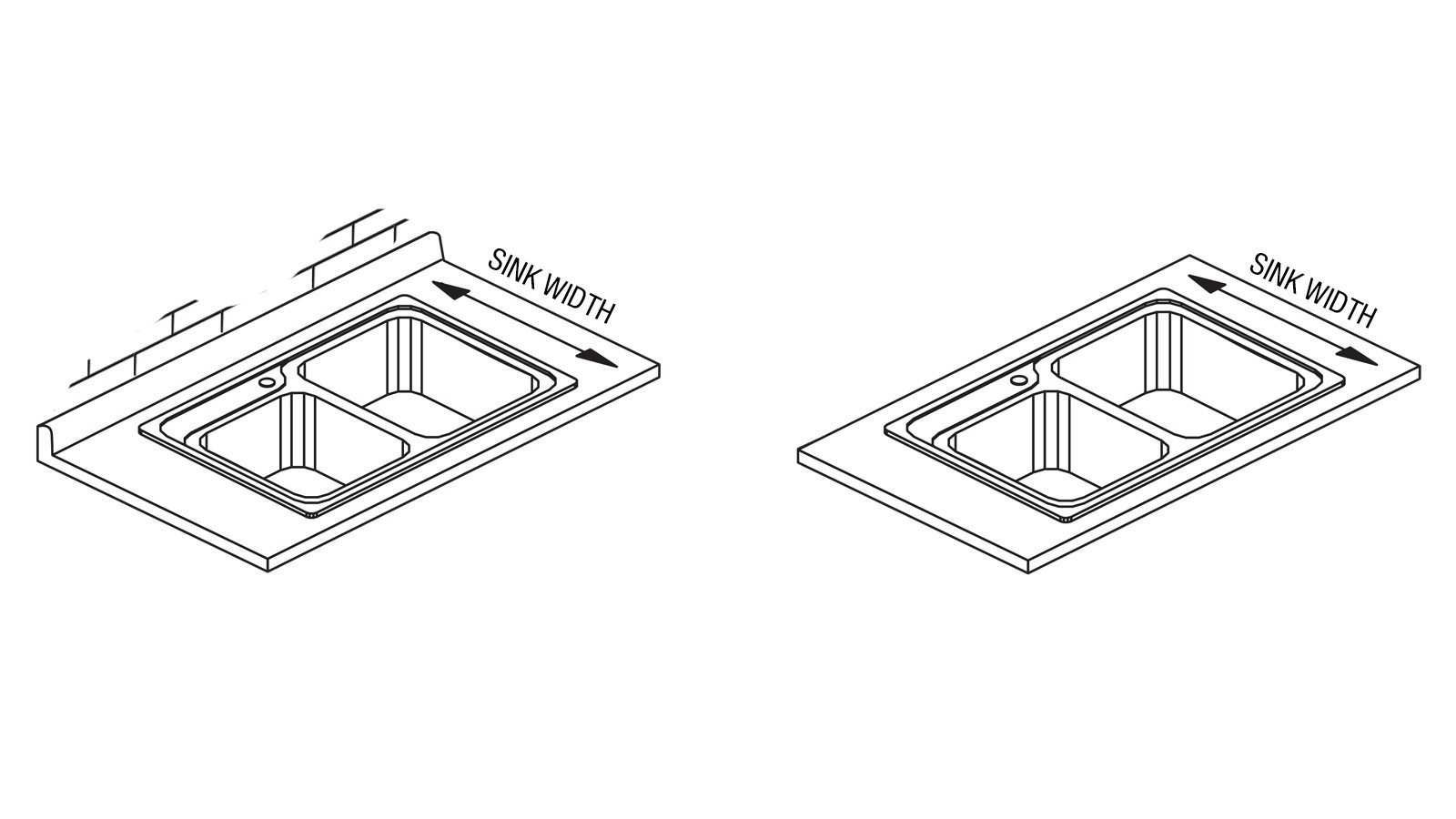
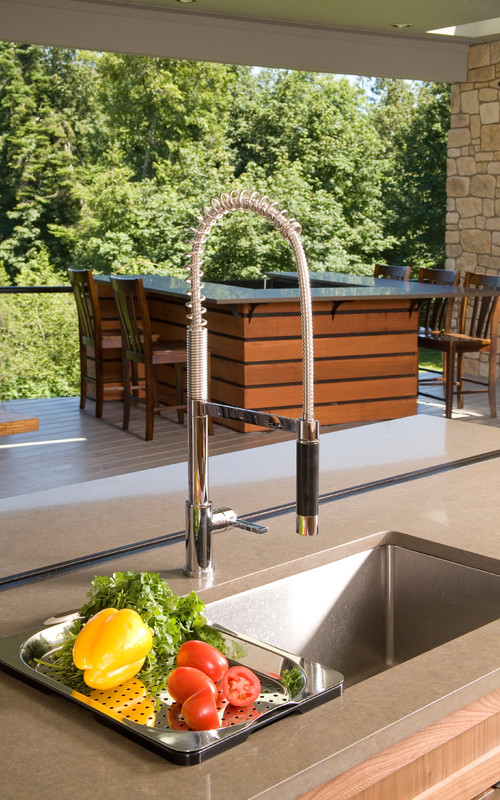

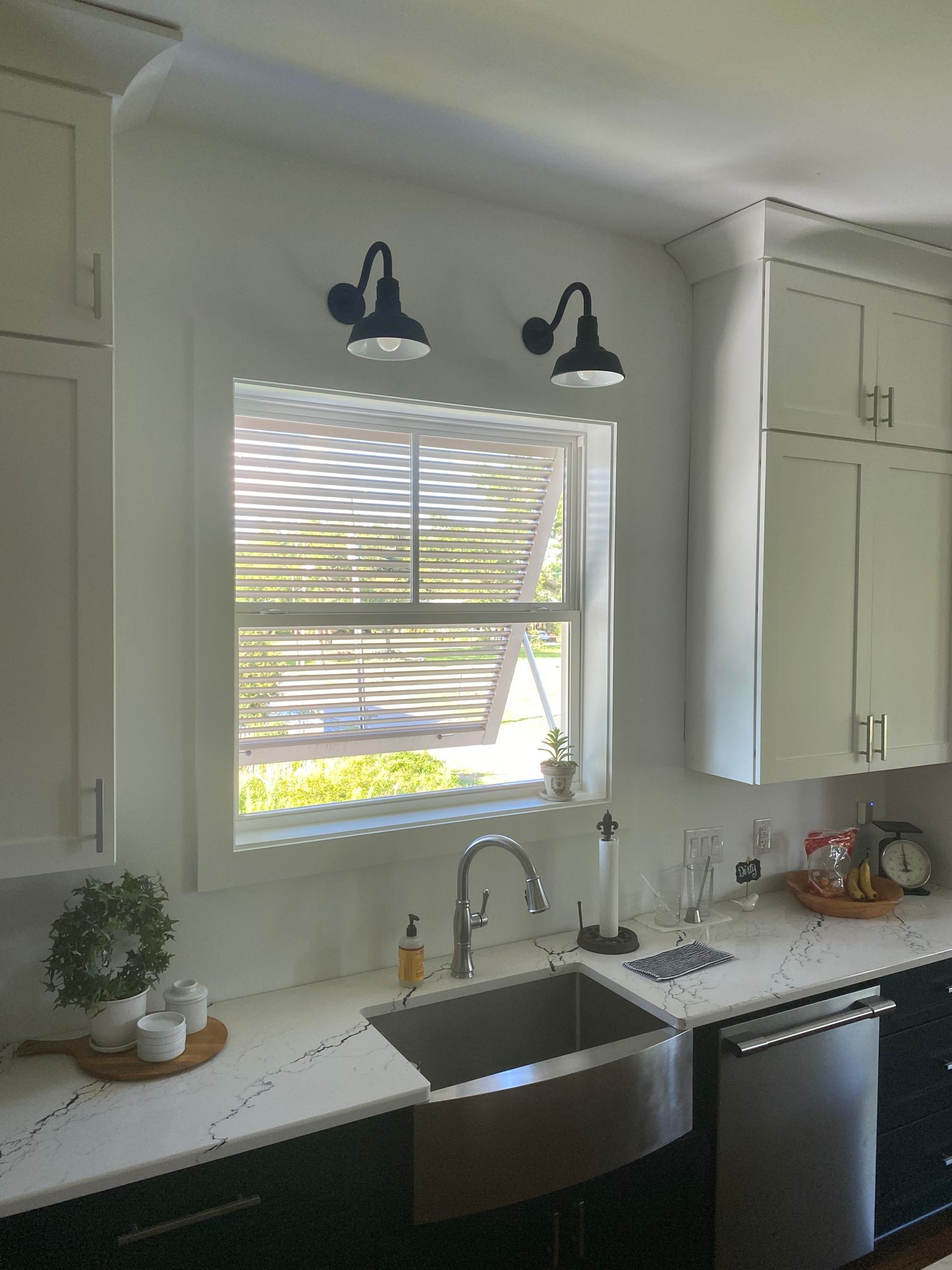











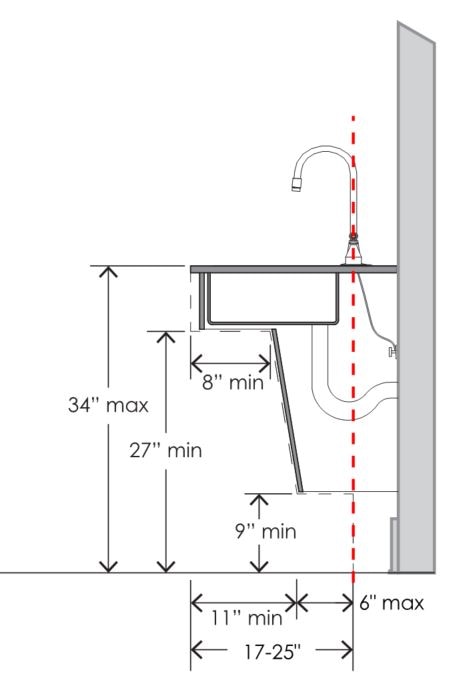
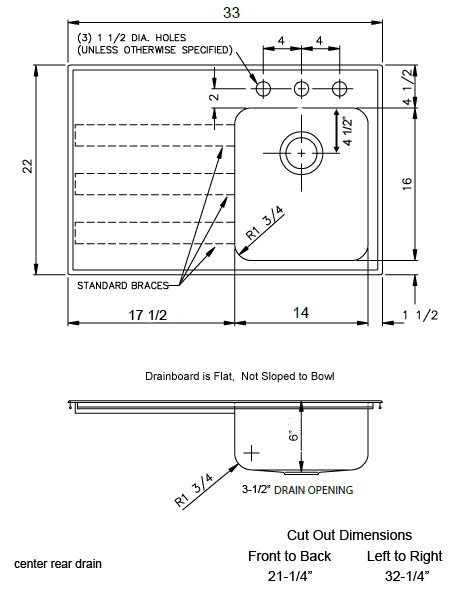
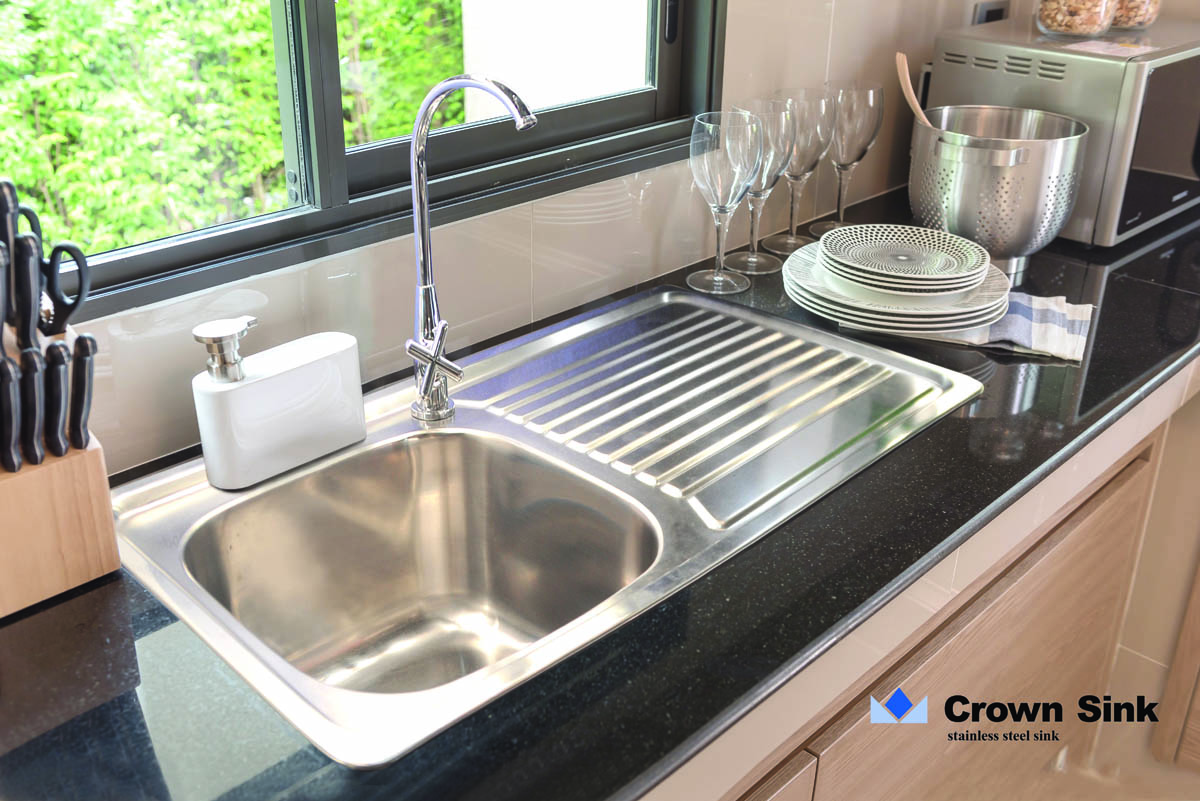


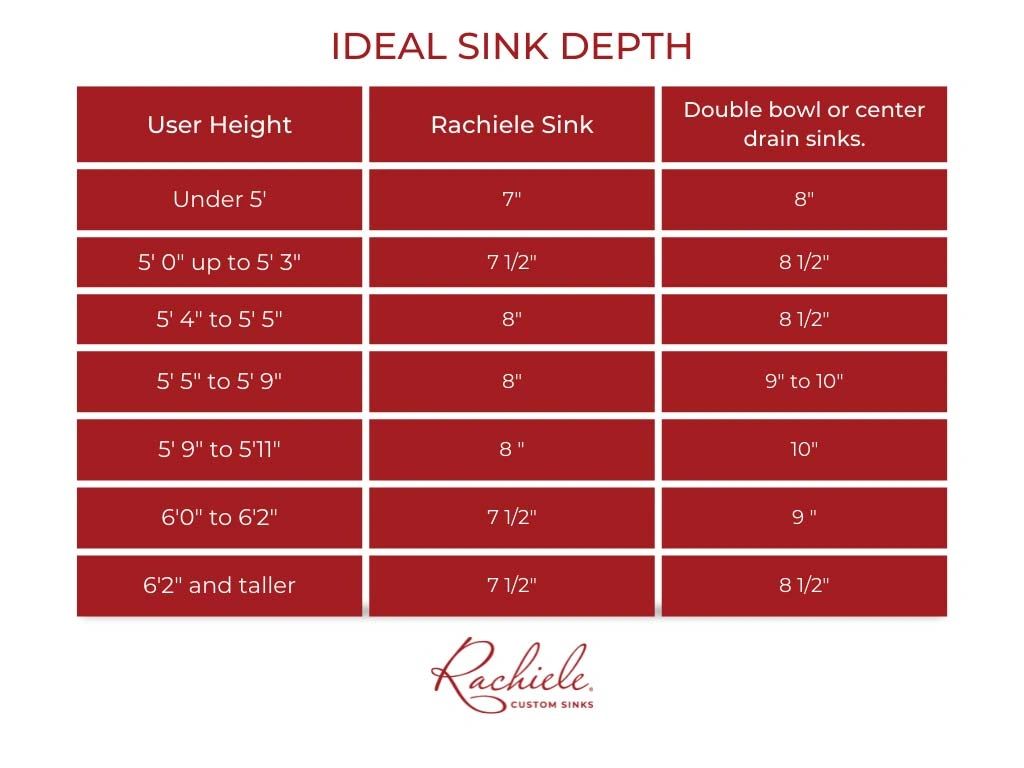











/how-to-install-a-sink-drain-2718789-hero-24e898006ed94c9593a2a268b57989a3.jpg)

